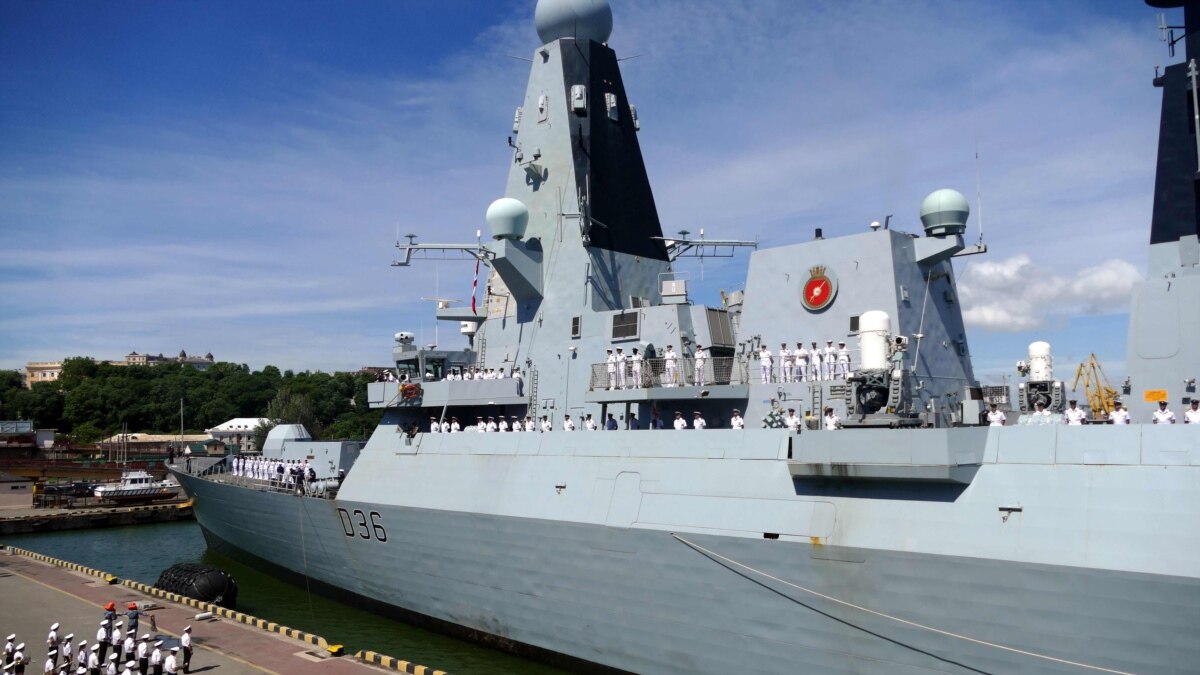
U12 - "premier" destroyers of the Royal Navy
U 12, the first Kaiserliche Marine submarine sunk independently by Royal Navy destroyers Noteworthy is a collapsible chimney that removes the exhaust gases of a gasoline engine. Photo Collection of Andrzej Danilevich
By the end of the first quarter of 1915, the Kaiser fleet had lost eight submarines. Three of them went down thanks to the surface units of the Royal Navy. On March 10, British destroyers who had previously taken part in one operation achieved a "premier" success without "complicity" and achieved it in a "classic" way.
At the beginning of the First World War, the capture of an underwater enemy was a condition for sinking an underwater enemy. This is what happened to the light cruiser Birmingham on the morning of August 9, 1914 - U 15, having some kind of malfunction, most likely unable to dive, was rammed by a British ship and, cut in half, sank with her entire crew. More than two months later, on November 2, a periscope was seen leaving the empty base in Scapa Flow U 23 from the armed trawler Dorothy Gray. and evacuate, which was done by opening the ballast valves. On March 18, 4, the crew of U-1915, stuck in the nets dividing the Strait of Dover, did the same when the destroyers Gurkha and Maori began to approach them, guarding the drifters on alert.
Three days later, the skipper of the Duster trawler gave the Germans another justification for the order to sink British fishing boats in the waters of the western North Sea. In the morning, having met a radio-equipped patrol detachment - it was the armed yacht Portia - he informed her commander that several hours earlier he had seen an enemy submarine at approximately 57 ° N. sh., 01° 18′ W (approx. 25 nautical miles south of Aberdeen). He immediately sent a report to the headquarters of the 5th Patrol District at Peterhead and to the commander of the Royal Navy forces at Rosyth Cadmium. Robert S. Lowry ordered all patrol ships in nearby waters to be alerted. The next day, the submarine was sighted twice, in the morning and in the evening, and the positions given in the reports indicated that she was heading south.
Shortly after midnight on March 8-9, Rosyth and nine units of the 1st destroyer flotilla - the flagship, light cruiser Fearless and Acheron, Ariel, Ataka, Badger, Beaver, Jackal ”, “Chibis” - went to sea to find him.
and sand fly. These ships were previously based at Harwich, and were sent to the Scottish base in mid-February. Moving to the northeast, they formed a line of sight that crossed the suspected course of the submarine, but this did not give the desired result. By 17:30 p.m. he was seen three more times, but Dauntless received only a report from the armored cruiser Leviathan, which, returning to Rosyth from a patrol off the coast of Norway, stumbled upon him a few miles to the east. Bell Rock Lighthouse.
After receiving the message, the detachment headed south. On the morning of March 10, it split up - most of the ships, along with the flagship, lined up in one line, and Acheron, Attack and Ariel - in another. At 09:30 "Fearless" received a report from the May Island trawler, from which the submarine was seen at a point with coordinates 56 ° 15' N. sh., 01° 56′ W move towards it. At 10 hours 10 minutes, Acheron, Ataka and Ariel, separated by miles, went northeast at a speed of 20 knots, with a flat sea (the wind was almost not felt), but with poor visibility (most often it did not exceed 1000 m), because that wisps of mist rose above the water. It was then that the observer on the middle Attack noticed the enemy ship, cruising almost perpendicular to its starboard side. The destroyer commander ordered to immediately increase speed to maximum and open fire.
